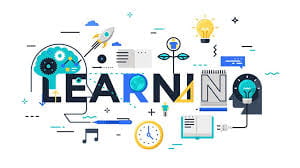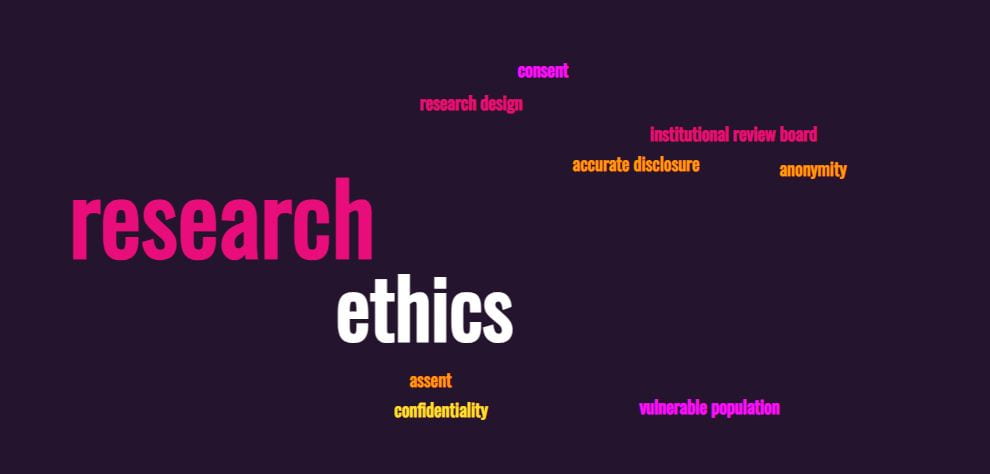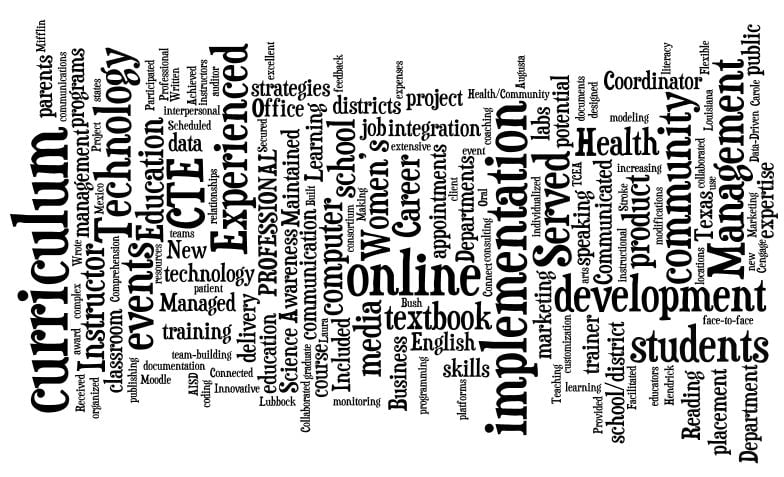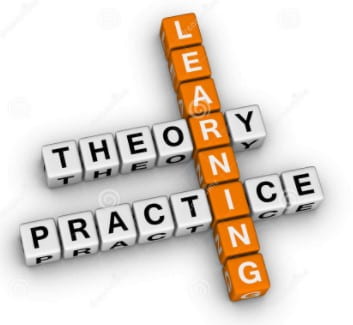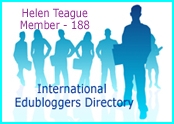Category: Learning, Post Feed
Tags: CC Kral, CC Salinger, D.P. Ausubel, G.D. Borman, Helen Teague, IES Practice Guide, J. Dole, J. Torgensen, learning repetitions, M. Youssef, M.L. Kamil, Malcolm Knowles
This is a follow-up, perspective post.
Many graduate students are pursuing advanced degrees (Masters/Doctorate) in fields that are different from their original undergraduate major. Further, these advanced degree pursuits occur in online learning environments, which are also instructional spaces that are different from their traditional location of learning.
The result is a nexus of new concepts in new environments. This is a challenge of dual proportions. Andragogical themes and characteristics, first studied and shared by Malcolm Knowles in the foundational The Adult Learner are helpful learning approaches.
Research surrounding the acquisition of content helps to temper expectations surrounding content integration. All new ideas begin with specialized words, best learned through repeated repetitive practice.
The research team of Ausubel and Youssef (1965) indicated that 17 exposures were needed to learn a new word. Ausubel and Youssef’s research is echoed in Kamil, et al. (2008) and IES Practice Guide (2008) which suggests that words are usually learned only after they appear several times. In fact, researchers estimate that it could take as many as 17 exposures for a student to learn a new word.
Of course, many factors affect learning and if ever an advertising slogan applies to the intricate pursuit of new knowledge, then “your mileage may vary” certainly holds sway.
The enduring value of learning is that it is important, especially for adult learners, to realize that the one rep. “One and done” approach has not been successful, at least from a research standpoint. the best way to become familiar with any new topic, idea, or concept is to revisit it frequently and find immediate ways to include the topic, idea, concept into current practice. My Grandma would often tell us kids to use a new idea within 24 hours and every 24 hours until we forgot it was new. My Grandma attended formal school only through the third grade, but she remains one of the wisest people in my life.
Action Suggestion: Please share your research or research that you’ve discovered on the subject of learning repetitions in the moderated comments.
References
Ausubel, D.P., & Youssef, M. (1965). The effect of spaced repetition on meaningful retention. The Journal of General Psychology, 73(1), 147-150.
IES Practice Guide (2008). Improving adolescent literacy: Effective classroom intervention, https://ies.ed.gov/ncee/wwc/Docs/PracticeGuide/adlit_pg_082608.pdf
Kamil, M. L., Borman, G. D., Dole, J., Kral, C. C., Salinger, T., and Torgesen, J. (2008). Improving adolescent literacy: Effective classroom and intervention practices: A Practice Guide (NCEE #2008-4027). Washington, DC: National Center for Education Evaluation and Regional Assistance, Institute of Education Sciences, U.S. Department of Education. https://ies.ed.gov/ncee/wwc/PracticeGuide/8
Knowles, M. S., Holton III, E. F., Swanson, R. A., Swanson, R., & Robinson, P. A. (2020). The adult learner: The definitive classic in adult education and human resource development. Google Books.


